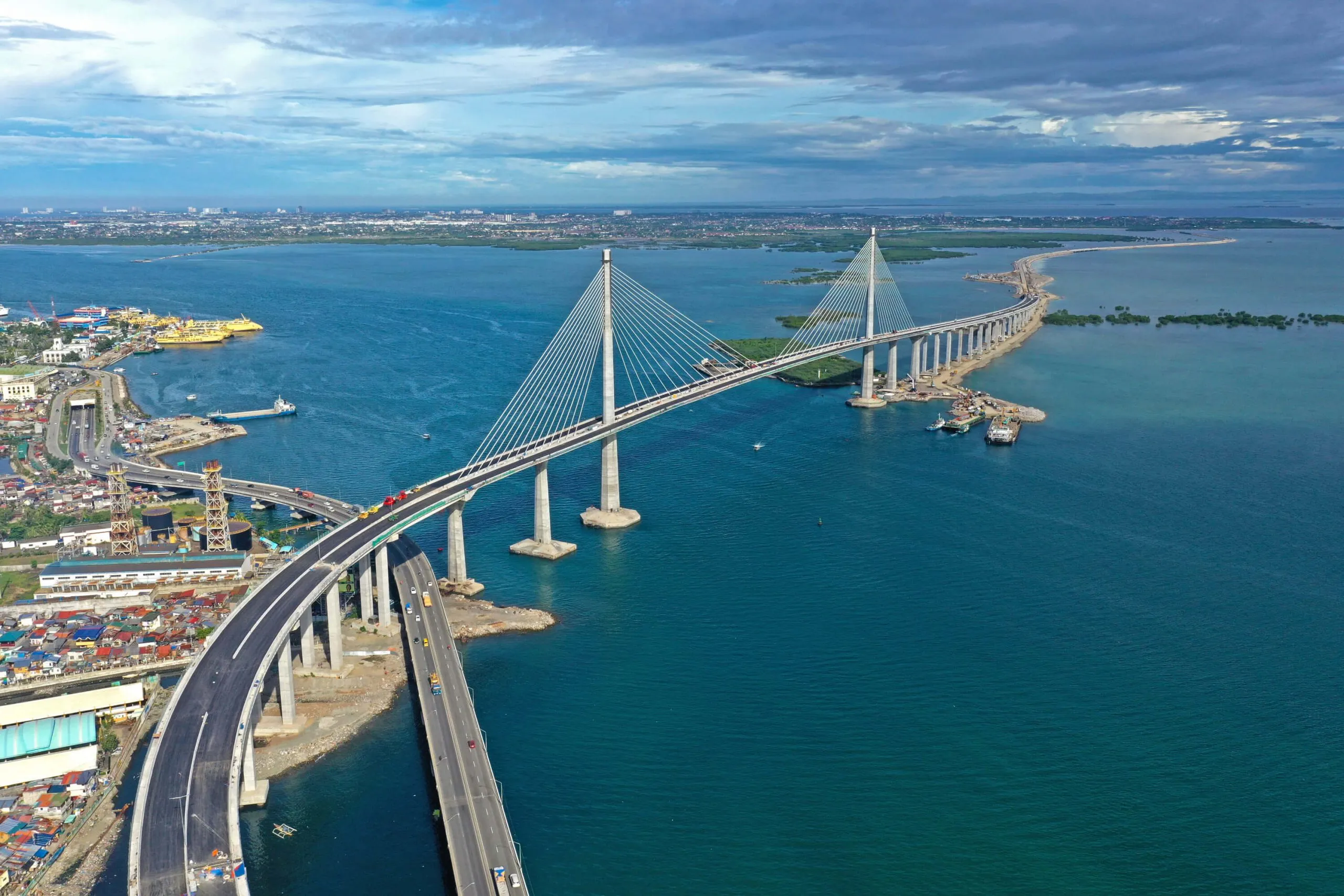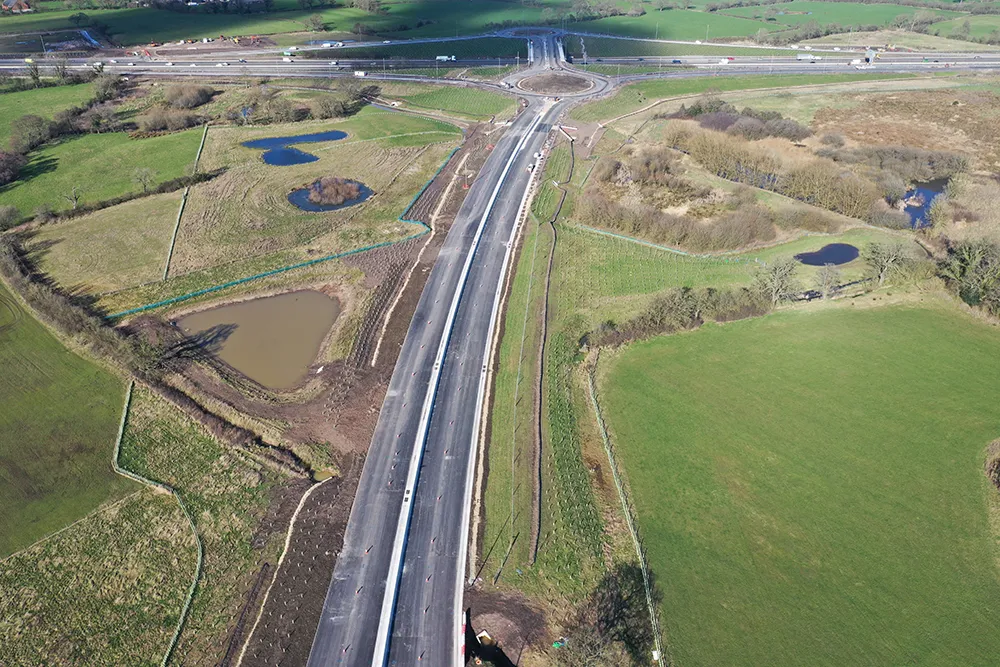
The tolled Cebu-Cordova Link Expressway is a bridge and causeway stretching almost 9km across the Mactan Channel, making it the Philippines’ longest and tallest bridge. It connects the city of Cebu, which has nearly one million inhabitants within the greater Central Visayas area, to the smaller municipality of Cordova, around 75,000 people on the island of Mactan.
Before the four-lane, 27m-wide expressway opened in 2022, Cebu was connected to Mactan by only two bridges to the north. This third inter-island connection to the south is relieving traffic congestion on the two original bridges and improving regional tourism and the economy. Importantly, the expressway has reduced travel time between Mactan Island and Cebu International Airport by 40 minutes.
As part of a temporary design joint venture, SENER, a private engineering and technology group founded in Spain in 1956, led detailed engineering design, managed the multi-organisational design teams and provided technical assistance during construction. The overall project features several bridges and access viaducts connecting to the main cable-stayed bridge, explained Jordi Revoltós, bridges and viaducts discipline head at SENER.
The project presented several challenges, including extreme seismic conditions and an extremely sensitive marine environment. The area is prone to typhoons with winds as strong as 250kph. On top of this, with design teams across multiple organisations working on the project, SENER faced design compatibility issues when connecting the viaducts to the main bridge structure.
X-HEAD: Effective interaction
“Since the approach viaducts connect with support at the mid-span of the bridge, special coordination [needed to be] developed to ensure a joint and compatible design,” said Revoltós. Effective interaction was a key factor in obtaining a balanced design.
Another challenge was that the project needed to be constructed entirely over water on a tight timeline. This complex construction sequence required software that could integrate with all design parameters to develop models that incorporated modifications from the construction site. SENER realised that they needed flexible, interoperable bridge modeling software. “An [unsuitable] choice of calculation software [would lead to] increased time and costs during the design phase, while jeopardising final approvals needed before construction,” said Revoltós.
SENER selected Bentley’s OpenBridge solution because of its flexibility, collaborative design capabilities and automated calculation features. “The high flexibility of OpenBridge to develop models with modifications requested from the construction site, together with the short time required to adapt previous bridge models to new structures, led us to choose this software to design all bridges and viaducts,” said Revoltós.
Using Bentley’s application, they performed coordinated multidiscipline modeling and analysis that enabled the geometry adjustments that would ensure design compatibility between the structures.
Working in an open digital environment allowed the geotechnical and bridge design and construction teams to share information and determine the optimal bored pile diameters for the main bridge and viaducts. They also ensured that the structural solutions could withstand the seismic conditions and extreme winds.
SENER also used OpenBridge to conduct detailed structural checks to ensure that each structural element was correctly developed and verified. Meanwhile, automating post-processes allowed the team to completely control the design schedule and to adjust resources and tasks as necessary. The software’s versatility, interoperability and intelligent modeling and analysis facilitated a fast-track design process and model-based construction workflows to address the complex construction sequence and constrained project schedule.
Implementing collaborative digital modeling and analysis processes using OpenBridge streamlined workflows, enabling SENER to timely develop the models and meet the project schedule. OpenBridge’s flexibility to update models simplified the geometry adjustments required for design compatibility. This capability reduced coordination time between design teams and allowed them to achieve high-quality digital designs.
Based on the detailed calculations, the design teams reduced the dimensions of the foundations and minimised the impact on the coral seabed. Having highly accurate models in an open digital platform facilitated collaboration with the construction team, optimising time on site.
Furthermore, Bentley’s application automated post-processes, allowing SENER to generate calculation reports flexibly and efficiently, saving additional time and costs by almost 30%, explained Revoltós. Working in Bentley’s connected digital environment also improved review and approval efficiencies, accelerating approvals of different parts of the project, enabling construction to begin in the shortest possible time.
The intermediate control steps enabled by the software, together with the quality control sheets, made internal verification efficient and traceable. “The use of OpenBridge, in conjunction with internal quality control processes, minimised potential errors in the final product,” said Revoltós.
Bentley Systems is an American software development company that manufactures, licenses, sells and supports computer software and services for the design, construction and operation of infrastructure.
Material was supplied by Amy Heffner, director of product marketing at Bentley Systems.









